I’m a pretty good backyard gardener. I grow heirloom tomatoes from seeds, we built a little greenhouse to better acclimate the seedlings to Michigan’s weather and to have fruit in early July instead of August. I use good organic soil and nutrients and I’ve heard that growing cannabis is like growing tomatoes.
But, I don’t grow cannabis and here’s why.
It’s a complex plant that needs a lot of ongoing attention to produce a high-quality flower. It needs light and then at the right time it needs darkness. It 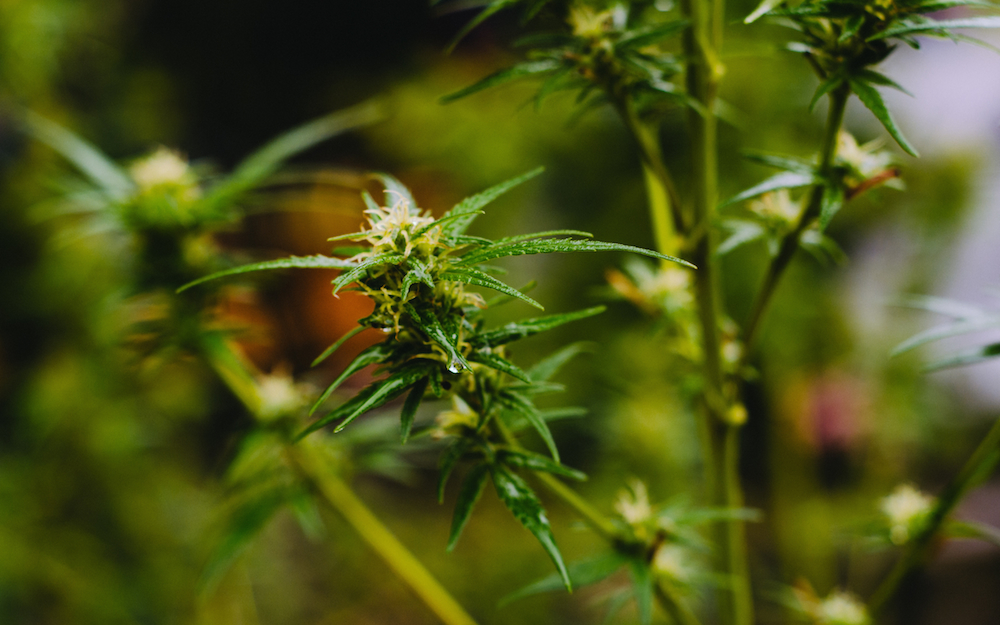 needs circulated air, specific food at certain times. You don’t want it to cross-pollinate with other plants and it’s vulnerable to a variety of issues that can ruin it. Killing a plant that is as valuable as cannabis is a mistake no grower wants to make. Growers also don’t want to create a sub-par flower. That’s a lot of pressure!
needs circulated air, specific food at certain times. You don’t want it to cross-pollinate with other plants and it’s vulnerable to a variety of issues that can ruin it. Killing a plant that is as valuable as cannabis is a mistake no grower wants to make. Growers also don’t want to create a sub-par flower. That’s a lot of pressure!
Good growers follow a plan and have developed a process that ensures success. It’s the same for cannabis business communication.
And that’s why when it comes to communication—your website and its content, social media, media-related publicity and stories, your brand, special events and your marketing you need an expert.
Not your nephew. Not your kid. Not you. Unless you (or they) are an experienced cannabis communication professional.
Here’s why it’s important to work with someone in communication who has a level of expertise that meets your needs. Communication isn’t just one thing. It’s an integrated system of strategic activities that need attention, innovative ideas and message continuity.
Think about the brands/companies you respect and how they are steady in their personality. Sure, some changes happen in a brand, but overall the best companies display the same attributes and keep the same character. For instance, Target is fresh, fun and playful. It is inclusive and emotional in its voice. Nike is bold and strong. It believes that all people are athletes and when it takes a stand it means something.
While these companies are probably not your cannabis company right now, it could be you in the future. That’s why developing your brand personality is vital. It’s part of why consistent and strategic communication is essential in the early stages of your business development matters. You don’t want to have to undo something that doesn’t fit the business you’ve carefully developed.
As you are aware, mistakes and missteps go viral and can destroy a company’s reputation, so it’s crucial that you consider your communication efforts carefully. Communication must be regarded as thoughtfully as your plant selection, growing methods, the creation of your edibles and the people that you hire. Don’t take the risk of allowing communication to be in the backseat of the overall strategy of your cannabis business.
One of our clients is a law firm that cares about its brand and is active in its communication pursuits. The attorneys don’t spend time on social media posting or concerning themselves with media exposure, that’s left to the professionals (us). They provide expert legal advice for marijuana businesses. We offer the firm advice and counsel on their messages and media relations and manage the day to day communication. They utilize Canna Communication’s input and ideas in the same way their legal clients turn to them for help.
The question need to consider is: do you have the time, interest and expertise to manage the daily communication needs of your business? Or would you rather be in with the plants, your employees and your customers?
Let us help manage the details of your brand communication while you grow your business.
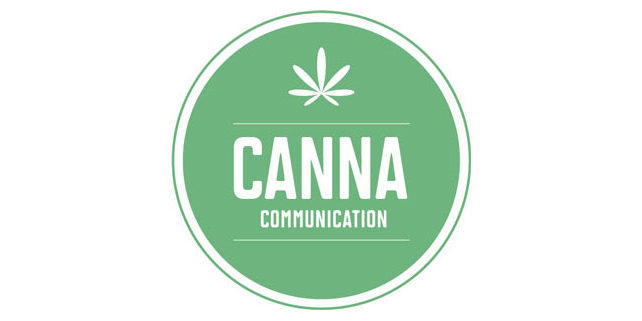


 the millions, you can’t beat the mainstream media for getting your message to people.
the millions, you can’t beat the mainstream media for getting your message to people.  Content creation is hard work, but it’s essential. Your website’s SEO and social media depend on new, original, relevant and fresh content—which can be blogs, videos or images. Ideally, you’ll create new content once a week, but that can be a struggle without ideas, a plan or professional help.
Content creation is hard work, but it’s essential. Your website’s SEO and social media depend on new, original, relevant and fresh content—which can be blogs, videos or images. Ideally, you’ll create new content once a week, but that can be a struggle without ideas, a plan or professional help. 

 Here is an amazing and adaptable recipe for making cannabis brownies. It’s adaptable because if you don’t like dark chocolate or a spicy brownie you can remove the cayenne powder and substitute semi-sweet chocolate chips and instant coffee powder. But, trust me, the pop of spice really makes these great. It also tolerates a lot of stirring, which is good for getting the cannabis mixed throughout.
Here is an amazing and adaptable recipe for making cannabis brownies. It’s adaptable because if you don’t like dark chocolate or a spicy brownie you can remove the cayenne powder and substitute semi-sweet chocolate chips and instant coffee powder. But, trust me, the pop of spice really makes these great. It also tolerates a lot of stirring, which is good for getting the cannabis mixed throughout. make something that’s about 10 mg per bite, so with a 9×9 pan, you’ll want to cut something around 81 pieces, or 9 down and 9 across. Keep some in the fridge and freeze the rest.
make something that’s about 10 mg per bite, so with a 9×9 pan, you’ll want to cut something around 81 pieces, or 9 down and 9 across. Keep some in the fridge and freeze the rest.
 It’s one thing to go state by state, or province by province, but for a whole country to end prohibition—that’s amazing. Canada is only the second nation in the world with legal cannabis. Keep in mind if you go travel to Canada bringing marijuana back to the US is highly illegal.
It’s one thing to go state by state, or province by province, but for a whole country to end prohibition—that’s amazing. Canada is only the second nation in the world with legal cannabis. Keep in mind if you go travel to Canada bringing marijuana back to the US is highly illegal. Finally, after almost seven decades of being illegal, hemp, the non-psychoactive brother to marijuana will be legal to grow and process across the US. This is excellent news for CBD-makers and farmers wanting to grow the plant for industrial purposes. It’s a versatile plant that can be used for paper, building houses and oil. The farm bill, which includes hemp was passed by the house and senate is now awaiting the President’s signature.
Finally, after almost seven decades of being illegal, hemp, the non-psychoactive brother to marijuana will be legal to grow and process across the US. This is excellent news for CBD-makers and farmers wanting to grow the plant for industrial purposes. It’s a versatile plant that can be used for paper, building houses and oil. The farm bill, which includes hemp was passed by the house and senate is now awaiting the President’s signature. A little more than a year after Californians voted to legalize cannabis, the state opened its markets to adult-use cannabis on January 1, 2018.
A little more than a year after Californians voted to legalize cannabis, the state opened its markets to adult-use cannabis on January 1, 2018. 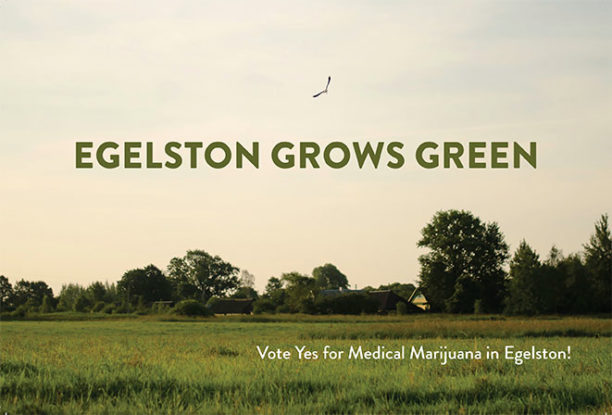
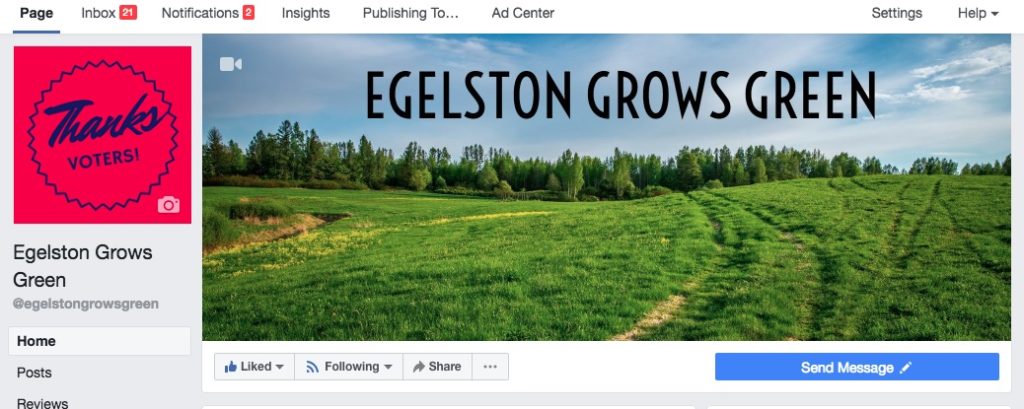
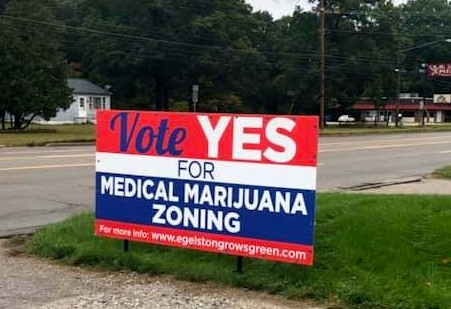 One month before the election we helped the client with a succinct, clear message for yard signs and designed a postcard for voters. These collateral materials reinforced the singular importance of voting yes for medical marijuana zoning. The postcards were mailed to the 7500 voters in the township. The client also held a yard sign pick-up event with principals on-site to answer questions.
One month before the election we helped the client with a succinct, clear message for yard signs and designed a postcard for voters. These collateral materials reinforced the singular importance of voting yes for medical marijuana zoning. The postcards were mailed to the 7500 voters in the township. The client also held a yard sign pick-up event with principals on-site to answer questions. 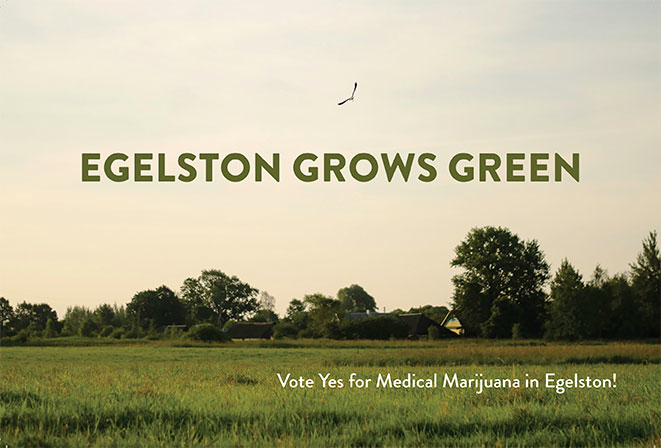
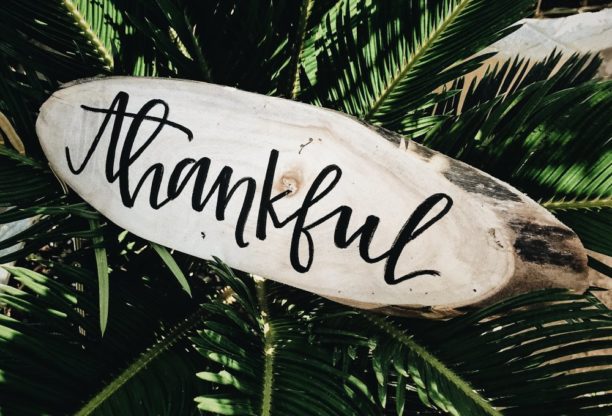
 ber where you were and what you were doing. Some memorable events are bad, like the Challenger explosion, the World Trade Center attacks, or the death of Jerry Garcia. And then there are the good, memorable events.
ber where you were and what you were doing. Some memorable events are bad, like the Challenger explosion, the World Trade Center attacks, or the death of Jerry Garcia. And then there are the good, memorable events.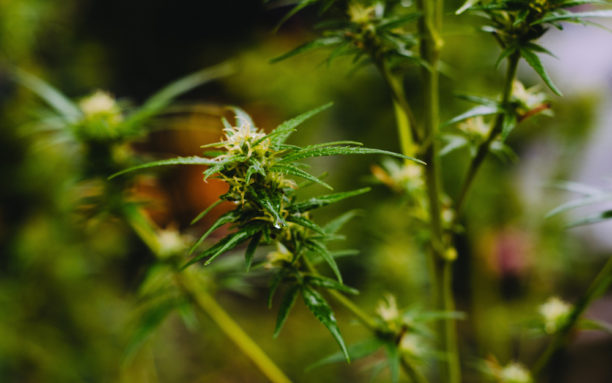
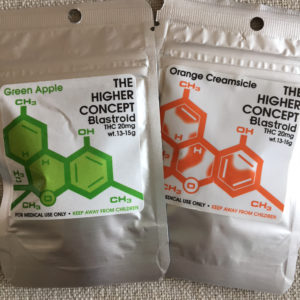 piece is 10 mg, which is easy to understand. A trail bar might have 80 mg, which you need to cut into right size pieces. With something crumbly, this can be a challenge. Err on the side of caution and try a smaller portion as opposed to larger. If you’ve never consumed edibles, test a piece that is 5 mg or even less. Do not eat any more until 90 minutes have passed since your first bite.
piece is 10 mg, which is easy to understand. A trail bar might have 80 mg, which you need to cut into right size pieces. With something crumbly, this can be a challenge. Err on the side of caution and try a smaller portion as opposed to larger. If you’ve never consumed edibles, test a piece that is 5 mg or even less. Do not eat any more until 90 minutes have passed since your first bite.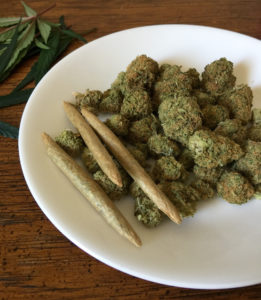
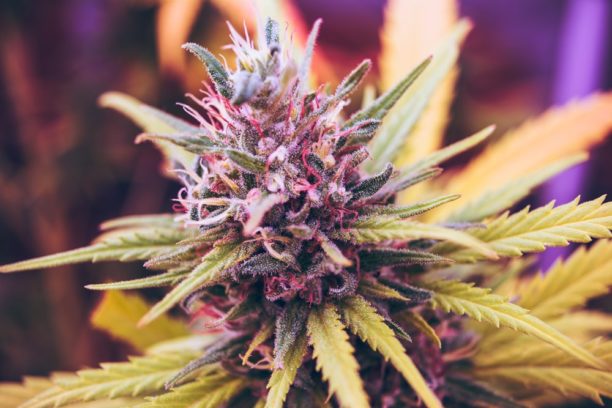
 Since communities can opt-in or out for medical marijuana, a similar policy applies to recreational marijuana legalization in Michigan. But communities will need to opt out. There won’t be provisioning centers in every community—only where zoning has been approved. We’ll probably see a bump in tourism—Michigan will be the first Midwestern state that is legal and there are lots of people who live close to Michigan. Expect that people will come for
Since communities can opt-in or out for medical marijuana, a similar policy applies to recreational marijuana legalization in Michigan. But communities will need to opt out. There won’t be provisioning centers in every community—only where zoning has been approved. We’ll probably see a bump in tourism—Michigan will be the first Midwestern state that is legal and there are lots of people who live close to Michigan. Expect that people will come for  kill you. There are no known cases of cannabis overdoses. Overusing it—usually happens when people overconsume edible cannabis. The effect of edibles is slow to be felt and people tend to take a few extra bites and then, BOOM, an uncomfortable feeling comes on. But it won’t kill you. You might think you are dying, but you won’t be.
kill you. There are no known cases of cannabis overdoses. Overusing it—usually happens when people overconsume edible cannabis. The effect of edibles is slow to be felt and people tend to take a few extra bites and then, BOOM, an uncomfortable feeling comes on. But it won’t kill you. You might think you are dying, but you won’t be.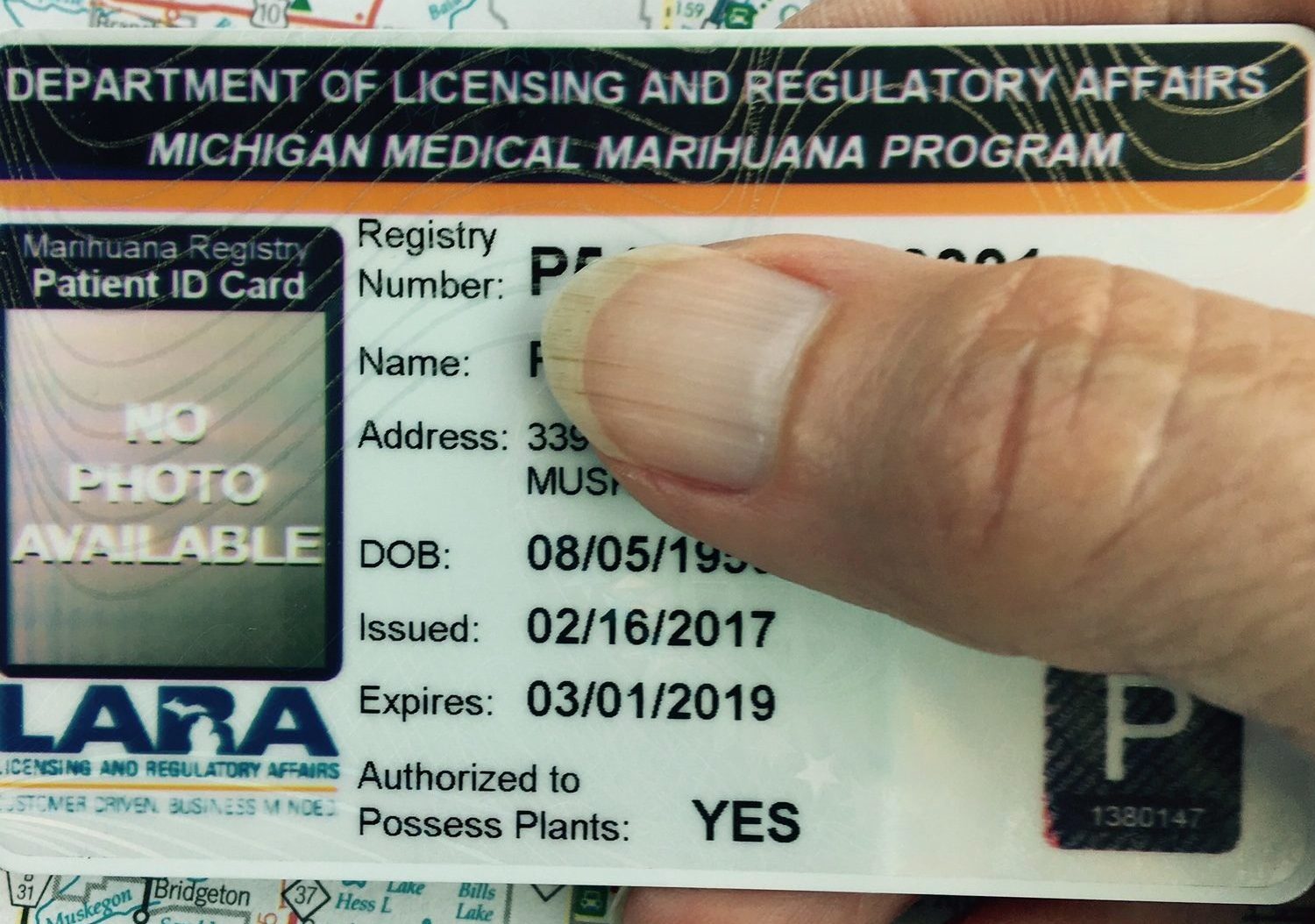

 to visit a provisioning center for your meds. You can find one close to you on Leafly or Weedmaps. We have a blog post about
to visit a provisioning center for your meds. You can find one close to you on Leafly or Weedmaps. We have a blog post about (Colorado, California, Nevada, Oregon, Washington, Alaska, Maine, Vermont, Massachusetts and the District of Columbia) until the whole country ends prohibition You can also head to Canada for a nice vacation, the whole country will be recreational legal starting on October 17, 2018. This also applies to people flying. While the TSA isn’t looking for cannabis, it is still illegal to bring it across state lines.
(Colorado, California, Nevada, Oregon, Washington, Alaska, Maine, Vermont, Massachusetts and the District of Columbia) until the whole country ends prohibition You can also head to Canada for a nice vacation, the whole country will be recreational legal starting on October 17, 2018. This also applies to people flying. While the TSA isn’t looking for cannabis, it is still illegal to bring it across state lines.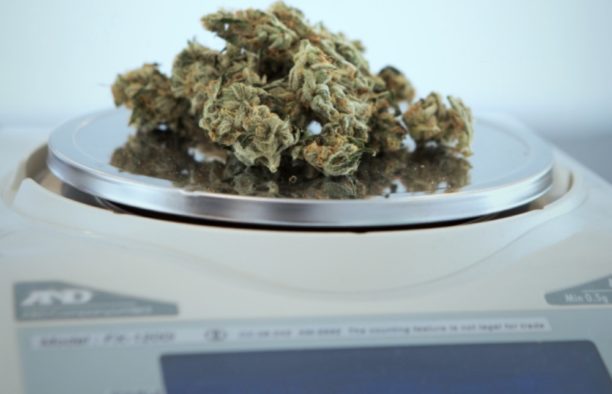
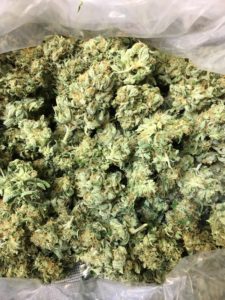 caregiver isn’t as easy as walking into a provisioning center though. In all likelihood, you’ll need to know someone who grows cannabis and is accepting patients. If you don’t know someone, you’ll need to ask around. In Michigan, caregivers are limited to 5 patients so it can be challenging to find someone who is accepting patients. You’ll want to see their plants, as about their growing processes and talk with them about the strains you can buy from them. You’ll want a caregiver who grows and processes what you need. If you go the provisioning center route, below are some tips so you can look like you’ve been doing it for years.
caregiver isn’t as easy as walking into a provisioning center though. In all likelihood, you’ll need to know someone who grows cannabis and is accepting patients. If you don’t know someone, you’ll need to ask around. In Michigan, caregivers are limited to 5 patients so it can be challenging to find someone who is accepting patients. You’ll want to see their plants, as about their growing processes and talk with them about the strains you can buy from them. You’ll want a caregiver who grows and processes what you need. If you go the provisioning center route, below are some tips so you can look like you’ve been doing it for years.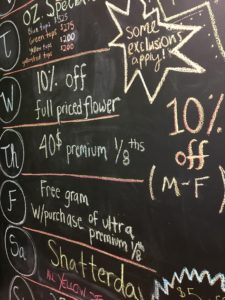 few choices in edibles or tinctures or
few choices in edibles or tinctures or 